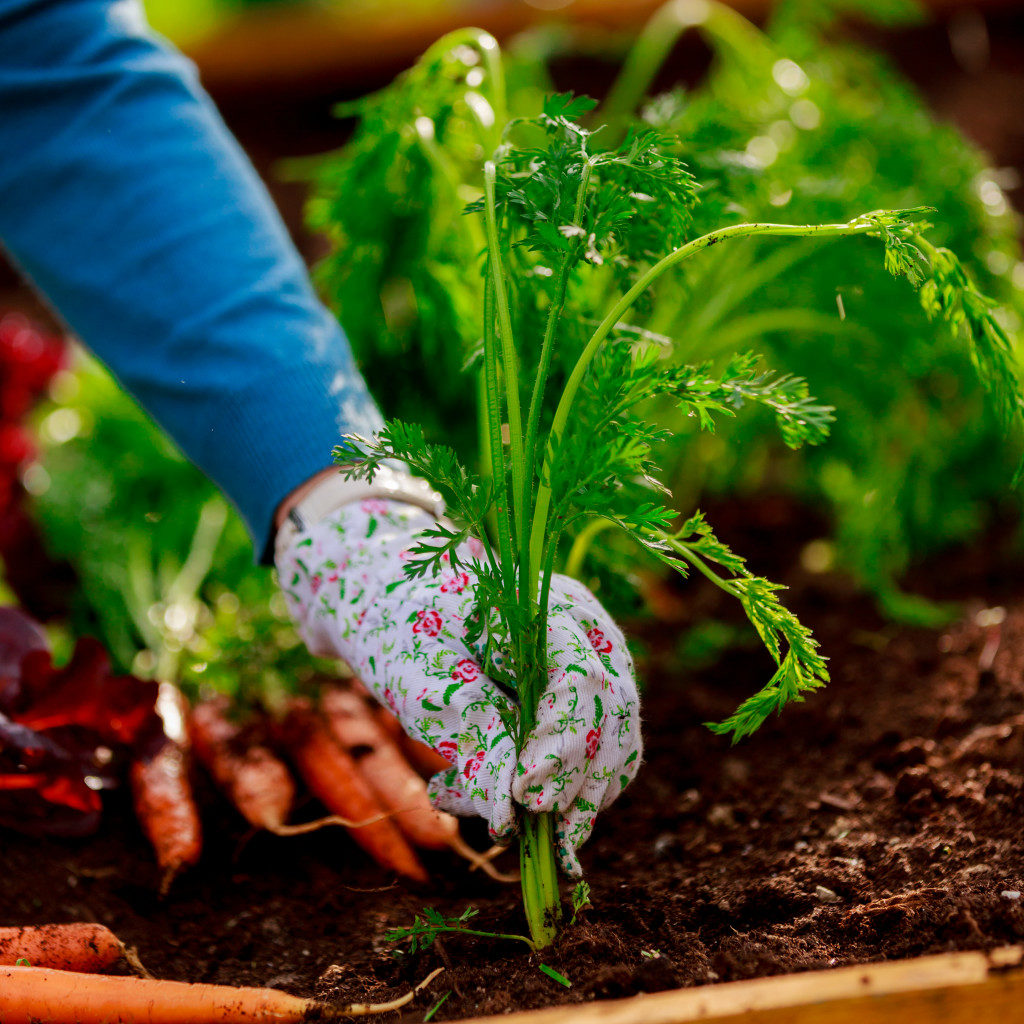Having a vegetable garden at home is a great way to save money. You no longer have to go to the farmer’s market or the grocery store to get fresh produce.
Tending to plants also provides a slew of benefits to physical and mental health. Bending down to reach the earth and walking around your backyard count as exercise. Moreover, you get a dose of sunshine which will enable you to sleep peacefully at night.
If you are ready to start your own vegetable garden, here are the things you need to do:
Assess Your Yard
Before you begin, you need to know whether your vegetable garden will survive in your backyard. Unfortunately, having a bit of space alone will not suffice.
Check the quality of the soil. There are different kinds of soil and not all of them are ideal for planting. Clay, for example, tends to be dense and will become hard when dry. Silts, on the other hand, have fine particles packed together that will inhibit drainage and circulation.
For your vegetable garden, you want loam which is rich in nutrients. It retains water but drains easily. You can buy topsoil that has a high concentration of organic matter (to nourish your plants) to add to your existing yard or a raised garden bed.
You may want to start a small garden. Around 10×10 feet is a good size for a beginner. It will be easier to tend and assess for weed or pest.
The area where you will plant must receive plenty of sunlight. There should be no nearby tree or house to obscure the sun.
Go Easy
Every plant is different, and some survive even if you do not pay as much attention to them. Some vegetables that are surprisingly easy to grow are loose-leaf lettuce, swiss chard, cucumber, eggplant, sweet pepper, beet, carrot, radish, and tomato.
Consider the climate in your state. Contact your local Cooperative Extension Service to find out which vegetables will thrive in the weather that you have.
Most importantly, plant the vegetable that you and your family will eat. You can give the produce away or sell them, but it is better to know beforehand what you will do with them to prevent wastage.
 Care for Your Garden
Care for Your Garden
Once you have sowed the seeds, the next step is to continue tending to your plants. You need to water your garden regularly. During the first few weeks, you need to provide plenty of water to your plants frequently. Once they are established, you can step back and water only every few days.
Of course, if it is sunny and dry outside, you will have to water your plants more frequently. During summer, soil tends to go dry quicker. You can also apply fertilizer to maximize your yield. You can find fertilizer in your local gardening center. Just follow the direction indicated in the bag.
In addition, watch out for pests and diseases. You will need to manually pick off large insects that prey on your plants to prevent infestation and destruction. Your plants are also susceptible to fungal diseases. You can avoid it by watering the soil, not the leaves.
The final step is harvesting. Some plants will continue to grow and produce throughout the year. You only need to pick or snip the produce. How do you know it is ready? If it looks like the vegetables you get from the grocery store, it is likely ready to be eaten.
